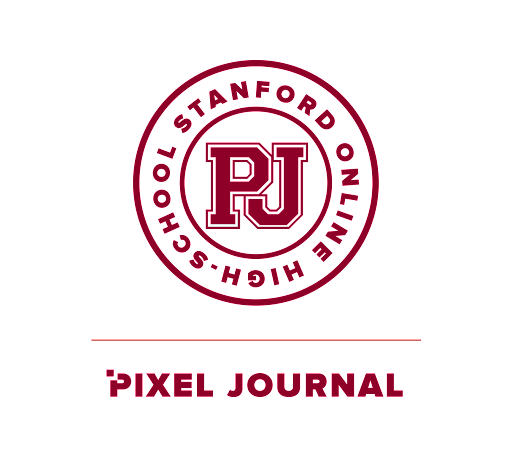Gaeun Kim's Research in Diagnostic Algorithms
Gaeun is a junior at OHS, and devotes much of her time to diagnostic algorithms. Contributor Antonia Mrose learns more about Gaeun's efforts in the interview below.
Pixel Journal: What are you researching?
Gaeun: The project that I presented at the OHS research colloquium was about a deep learning algorithm based on convolutional neural networks that could automatically diagnose lymphoma. The program that I created takes cell sample images from biopsies, and runs it through a classifier that determines whether the cell sample is cancerous or not. It also generates a digitally stained image that “stains” the parts of the sample that are cancerous, allowing doctors to provide more accurate prognoses and even create treatment plans. It reached a fairly high sensitivity and accuracy; both were over 90%, an improvement from previous algorithms that had accuracies close to 70%.
This project was my most recent one, but I’ve been doing research in medical imaging and machine learning for a few months now. I worked at a radiology lab at Chungang University in my sophomore year, where I helped create a machine learning program that facilitates brain tumor segmentation, and this year, I’m excited to work with another lab to integrate a hematologic disease detection program into microscopes.
PJ: What brought you to this?
G: My interest in medical diagnostics and cancer detection started long before I even knew how to code, let alone know how to program deep learning algorithms. A close friend of mine in elementary school passed away in 5th grade from childhood leukemia, a disease he was not even aware of until three months before his death. Even with a few months left of life, the diagnostic process was painful; multiple blood tests, bone marrow tests, and spinal taps had to be performed before his treatment even started. I hadn’t given much thought about it in elementary school, but in 6th grade, I started to get deeply angered by the fact that despite our new iPhones, HD TVs, solar panels, and intelligent robots, we still didn’t have a way to detect cancer, without having the diagnosis be even more painful than the disease itself. I felt a deep urge — an obligation, even — to make cancer diagnostics accessible and less formidable. I still remember the day I presented at my 6th grade science fair. I had been working hard on my “How Does Coke Affect Your Teeth?” project for the past two weeks, but on the day of the fair, I came to a sudden realization: what will this project ever do for the world? I was wasting time on confirming common knowledge, and cancer hadn’t been cured yet. With hindsight, I had unreasonably ambitious dreams (I wanted to detect and cure cancer in 6th grade), but I started reaching out for opportunities. Initially, I was interested in working at a wet lab, so I emailed around 100 professors at universities all around Korea, but due to liability reasons, none of the professors returned a positive response.
This was when I started turning my attention to computer programming. I discovered that techniques such as image processing, data analysis, and machine learning were extremely powerful tools to detect biomarkers and diagnose diseases. After gaining a fair amount of understanding of programming and advanced mathematics, I took machine learning courses on Coursera, followed tutorials online, and looked through the notes on Stanford’s open-sourced computer vision courses. I started contacting labs again, and finally got a research opportunity at Chungang University in the second semester of my sophomore year. There, I learned the basics of medical imaging and contributed to a brain segmentation study, gaining the experience necessary to move beyond simple personal projects. This was also where I worked on my research colloquium project with a few other undergraduate students. After multiple attempts at emailing and even sneaking into machine learning conferences, I eventually got lucky enough to meet a research assistant at the Harvard Wyss Institute who was willing to provide mentorship and even a remote internship. It’s been a long and hectic journey, and I don’t expect it to get any less exciting.
PJ: What are your hopes for this?
G: My long term (and somewhat far-fetched) ambition is to create diagnostic programs for all of the most common and lethal cancers so that we can detect them at the earliest stages. Currently, I’m expanding on my lymphoma classifier program so that it can detect more features and has a nice user interface, and I’m looking for ways to make my algorithm applicable to other types of cancer such as melanoma. Eventually, I would love to work on leukemia detection and automated treatment plan creation to fulfill the dream that started all of this.
I’m also interested in applying machine learning and computer vision to diseases other than cancer, such as blood diseases and rare genetic diseases. My overarching hope is to use computers to improve the lives of humans.
